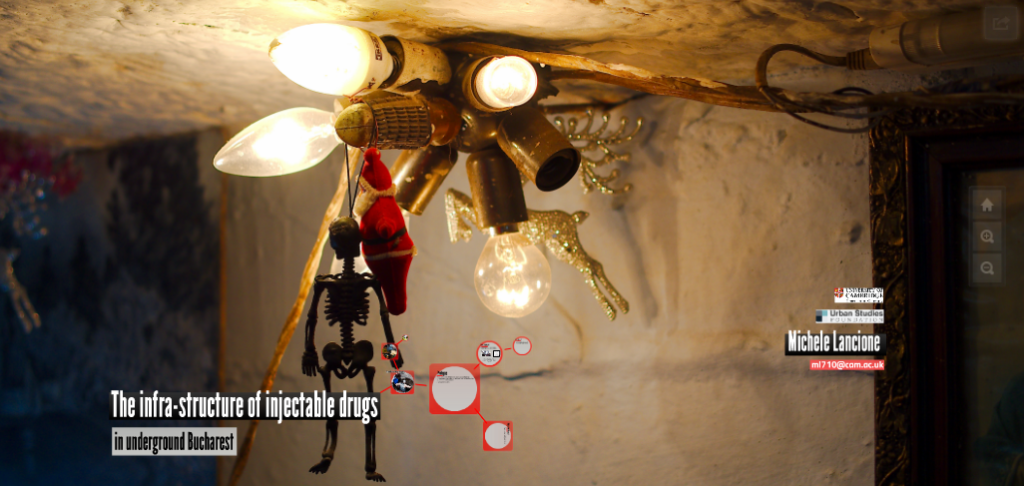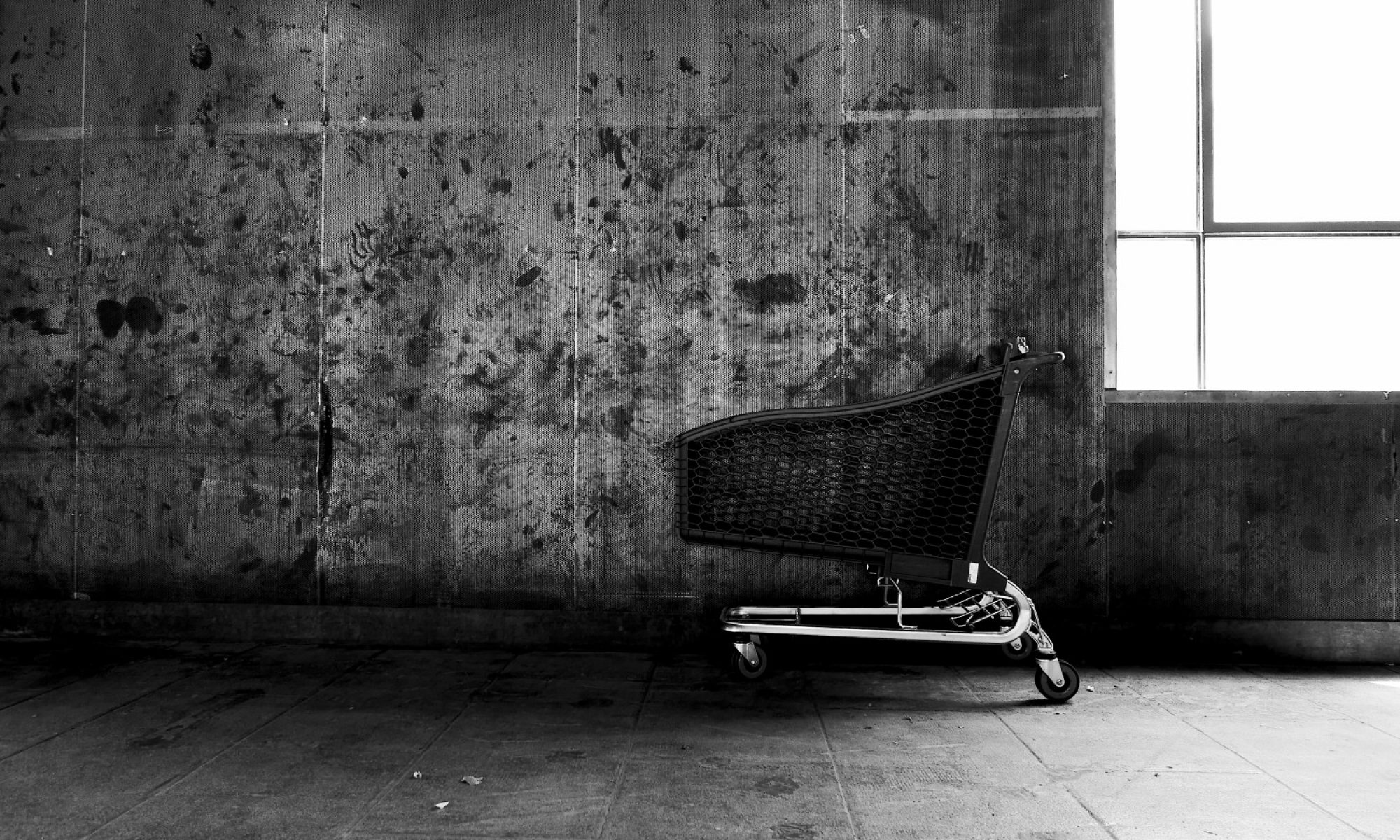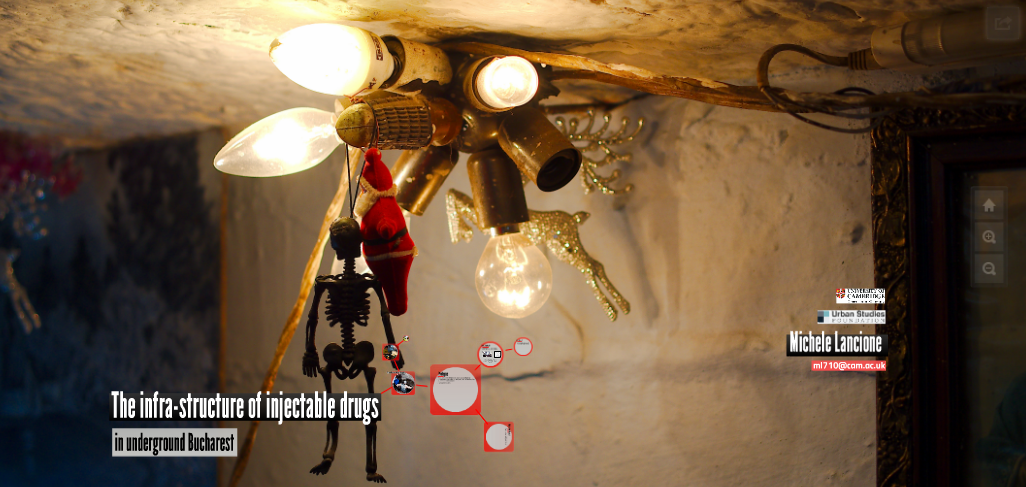
The RGS-IBG 2015 is about to start in Exeter. It’s a long time I haven’t took part to one RGS-IBG and I am very much looking forward to it: this year program looks great.
At the conference I’ve co-organised two sessions with Tatiana Thieme and Elisabetta Rosa, called The city and the margins: Ethnographic challenges across makeshift urbanism. The sessions are about doing ethnography at the margins today, in the mist of relevant theoretical changes and methodological challenges. We have a great line-up of 8 papers, starting from 9:00 on Wednesday 02 September (Newman Building – Lecture Theatre A/Blue). The program for the two sessions can be found here and here.
Moreover, on Friday 04 September at 9:00 (Peter Chalk – Room 2.5) I’ll be presenting in Lizzie Richardson, Robert Shaw and Jonathan Silver’s session on Producing Urban Life: Fragility and Socio-Cultural Infrastructures (here is the program). My paper is entitled The infra-structure of injectable drugs in underground Bucharest. The presentation contains some provisional thoughts around my 2003 and 2014/15 research about the underground canals of Bucharest. You can read the abstract below.
The infra-structure of injectable drugs in underground Bucharest
From outdoor consumption taking place in liminal street spaces to indoor practices of injection in marginalised and neglected neighbourhoods, Bucharest presents a variegated cartography of drug-related activities. This is a map made up of subjects, objects, urban atmospheres, discourses and practices that take different forms and paths accordingly to the relative urban infrastructure involved. The paper focuses on one of the latter, namely the teleheating network (known also as ‘district heating’). The network consists of an vast web of undergrounds pipes connecting a centralised heating system to Bucharest’s flats and offices, which are consequentially warmed up by this provision of hot water. In one of the canals hosting the teleheating pipes, which passes right in front of Bucharest’s main train station, a community of drug users has established its home. There, in four connected underground chambers each measuring roughly 8 meters in length, 2 meters at the maximum height and 1.50 meters wide, the aforementioned community sleep, eat and performs the everyday practices of drug consumption. Relying on extensive ethnographic observations, photo-taking, and interviews undertaken within the premises of the canal, the paper traces and illustrates the socio-material infrastructures characterising this space. This is an assemblage of bodies, veins, syringes, substances, and various relationships of power and affect, which speaks of drug addiction and extreme marginalisation but also of sense of belonging, reciprocal trustiness, and care. The conclusions of the paper highlight the political relevance of investigating this community from its own contextual complexity in order to build a non-normative understanding around drug consumption in contemporary Bucharest.

